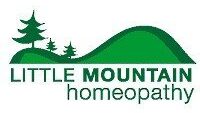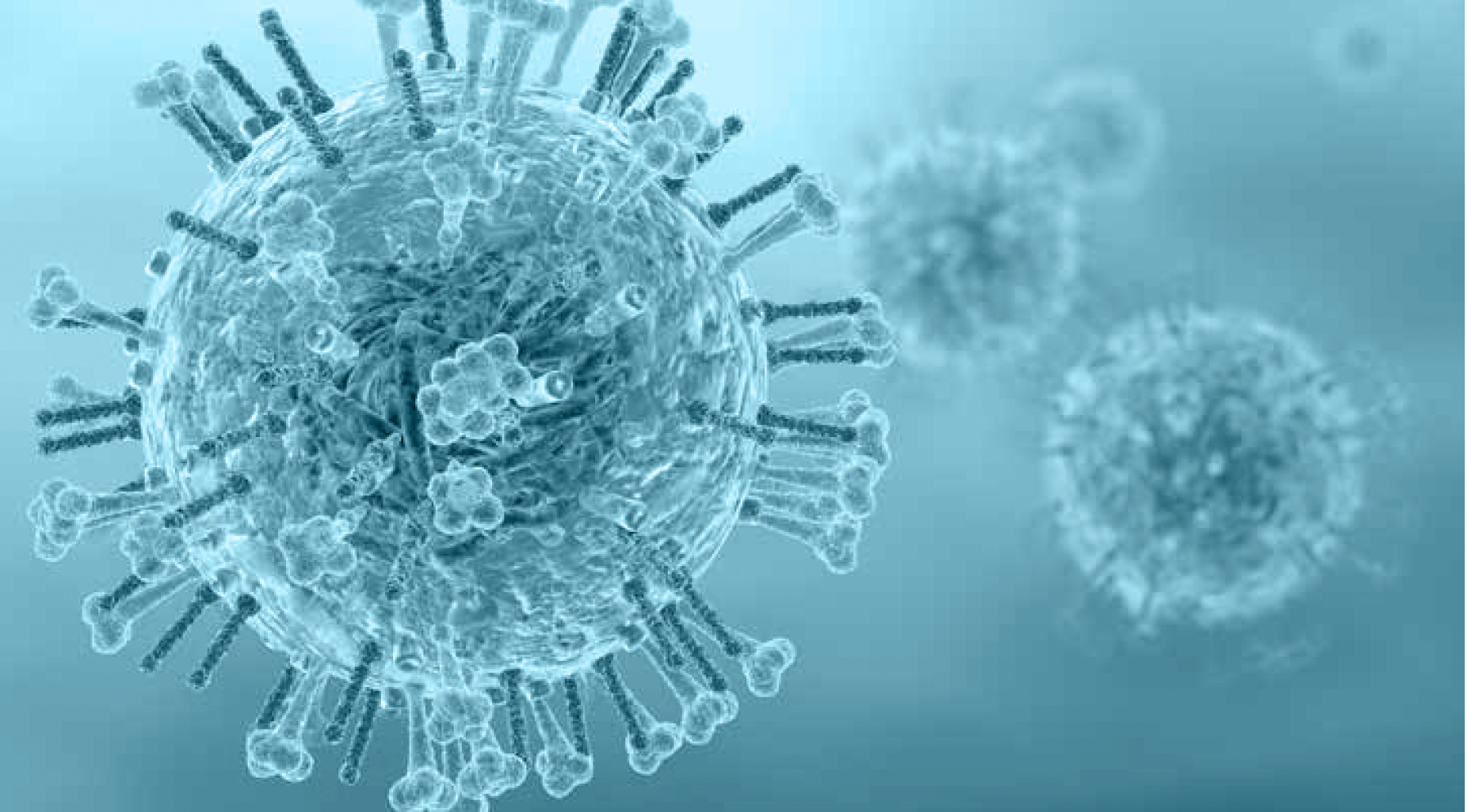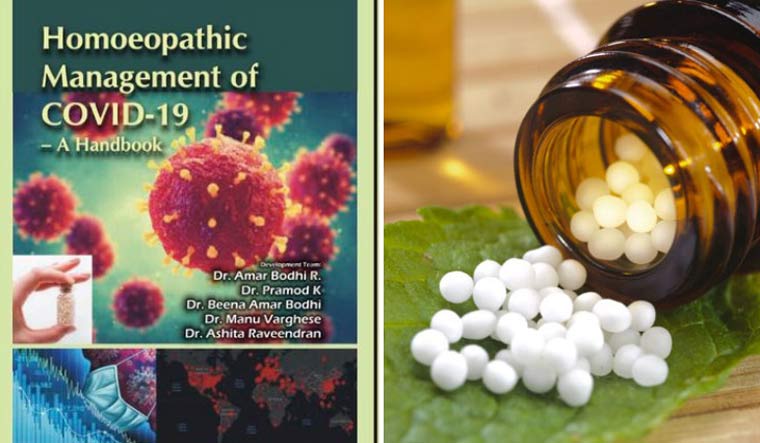Homeopathy for Flu
History of Success During Flu Epidemics Homeopathy has a long, successful history for the treatment and prevention of the flu. Homeopathy was used effectively to treat one of the deadliest strains of flu in history, the 1918 Spanish flu. During the Spanish flu, Americans who were treated with traditional medicine had a mortality rate of […]




